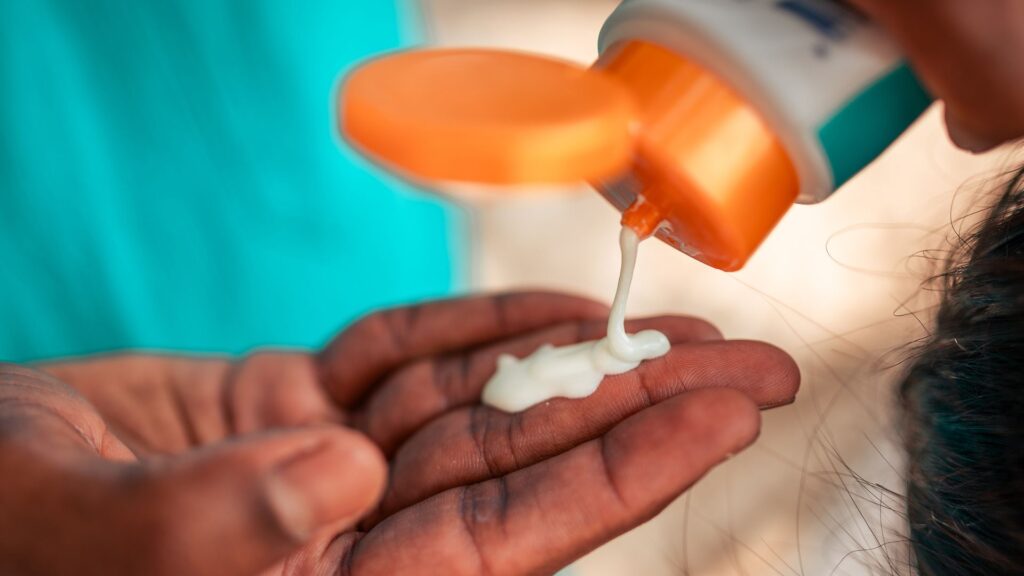Only 22% of sunscreen brands in the U.S. effectively protect against harmful rays from the sun, according to a new report released on Tuesday, May 20, from the Environmental Working Group (EWG). The group has been conducting the study since 2007 and found that just 498 out of 2,204 SPF products could adequately protect against harmful radiation from the sun. The group urged the U.S. Food and Drug Administration to take action to address the problem.
The 2025 EWG Guide to Sunscreens study reads, “Many sunscreens still fall short by offering misleading claims about protection, using outdated formulas, some even filled with ingredients linked to health problems.”
Health problems
The study revealed that some chemicals in sunscreens can be released into the bloodstream, staying in the body for weeks and polluting waterways via sewage and other methods. Researchers also note that aerosol sprays have potentially harmful effects on the lungs as they linger in the air and lead to people inhaling chemicals.
EWG’s guide does, however, have a solution for health-conscious consumers. The group’s 2025 sunscreen guide lists the best sunscreen for babies and children and the most effective sunblock for summer activities. Researchers also recommend finding shade, wearing wide-brimmed hats and wearing lighter long-sleeved shirts and pants to shield from the sun when sunscreen isn’t available, or if people are worried about using sunscreen because of potentially harmful ingredients.
What do experts recommend?
Dermatologists urge people to wear sunscreen that is effective in blocking UV rays to prevent skin cancers such as melanoma. They say UV radiation from the sun damages the DNA in skin cells, which can lead to cancer. Health experts also warn against sunscreens with SPF boosters containing chemicals meant to artificially raise “sun protection factor,” the report notes. EWG previously urged the FDA to look into its concerns about SPF boosters in an August 2016 letter. They warned in the memo that sunscreen manufacturers are able to “advertise higher SPF values for their over-the-counter sunscreen products without offering users truly enhanced protection from UVA and UVB rays.”
Researchers also recommend using mineral-based sunscreen with zinc oxide and titanium dioxide, as they are the most effective in blocking the harmful effects of UV rays. The study further recommends that people avoid chemical-based sunscreen and aerosols, as they can harm the body and the environment.
What is the FDA doing?
EWG also called on the agency to study the potential link “between protection from skin reddening, immunosuppression, long-term skin damage and cancer,” in the letter. However, CNN reports, no action was ever taken by the FDA.
The FDA did propose updated directives for sunscreen safety in 2019. Sunscreen manufacturers were asked to perform additional testing on a dozen sunscreen chemicals of concern, including seven shown to be easily absorbed in the bloodstream. Even though the manufacturers were asked to conduct the tests, David Andrews, the acting chief science officer at EWG, says they have yet to be conducted. The agency also called for a limit of 60 SPF on sunscreens in its 2019 rules, acknowledging any potential benefit over 60 is minimal, and labeling higher than SPF 60 is deceptive to customers by giving them a false sense of protection, something companies have also been slow to follow.
Is there good news?
Andrews says the good news is that there are still plenty of options for those seeking healthy sunscreens.
“There are nearly 500 products we are recommending consumers seek out as their first option,” said Andrews. For those seeking to find those products, the EWG has them listed on its website.
contributed to this report.


